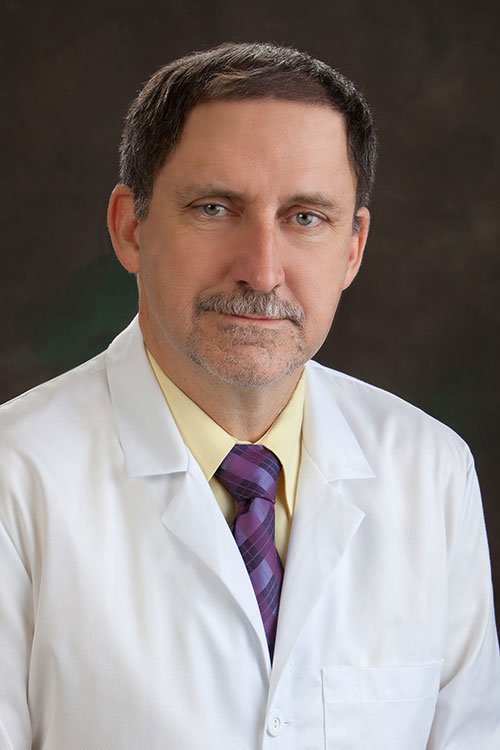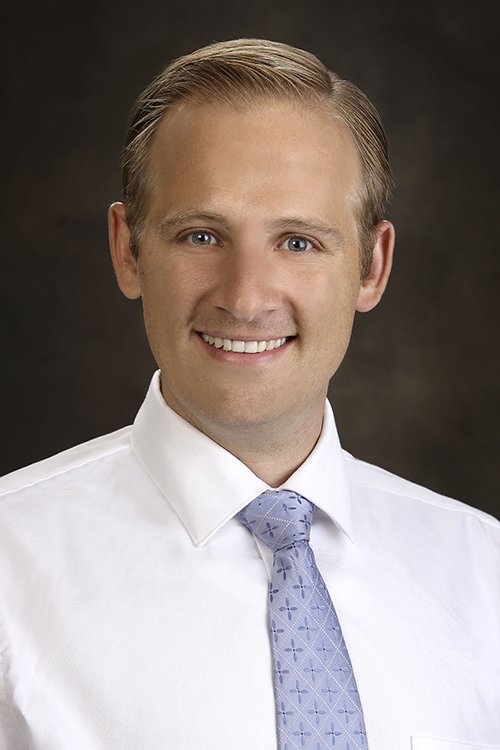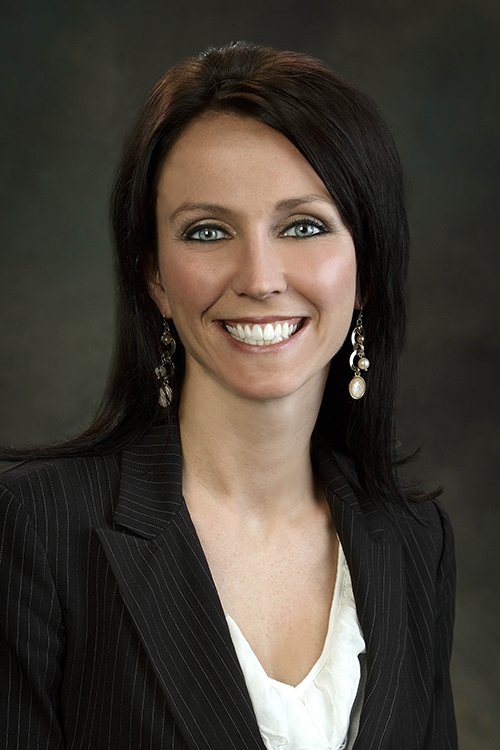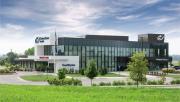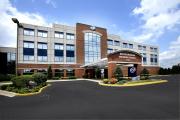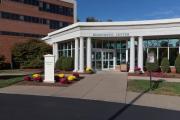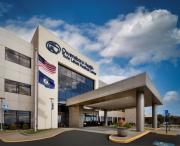Mammography & Breast Imaging
Protect your health by getting breast cancer screenings at one of Owensboro Health’s breast imaging facilities. You’ll benefit from caring, courteous medical professionals, and discover why patients consistently report strong satisfaction with the care they receive from us.
Schedule Your Mammogram
Call 844-506-2666 or 1-844-50-MAMMO
Schedule an Appointment Online
To schedule an appointment at Owensboro Health Twin Lakes Medical Center in Leitchfield, please call 270-259-9490.
Breast Imaging Services
A doctor detects and diagnoses abnormalities in your breast tissue through tests such as:
- Digital Mammogram – Provides a better view of your tissue than a traditional film-screen mammogram and can detect Cancer earlier
- 3-D Mammogram (breast tomosynthesis) – Can detect breast cancer sooner than traditional mammography and reduce the likelihood of false alarms; ask for 3-D mammography if a previous mammogram revealed that you have dense breast tissue
- Breast Ultrasound – Uses sound waves to examine your tissue if you have cancer symptoms or an abnormal mammogram result
- Breast MRI – Shows clear pictures of parts of your tissue that are hard to see on a mammogram or ultrasound
- Stereotactic Breast Biopsy – Uses mammography to pinpoint a sample of tissue that will be removed and examined for cancer
Accreditation Means Excellent Care
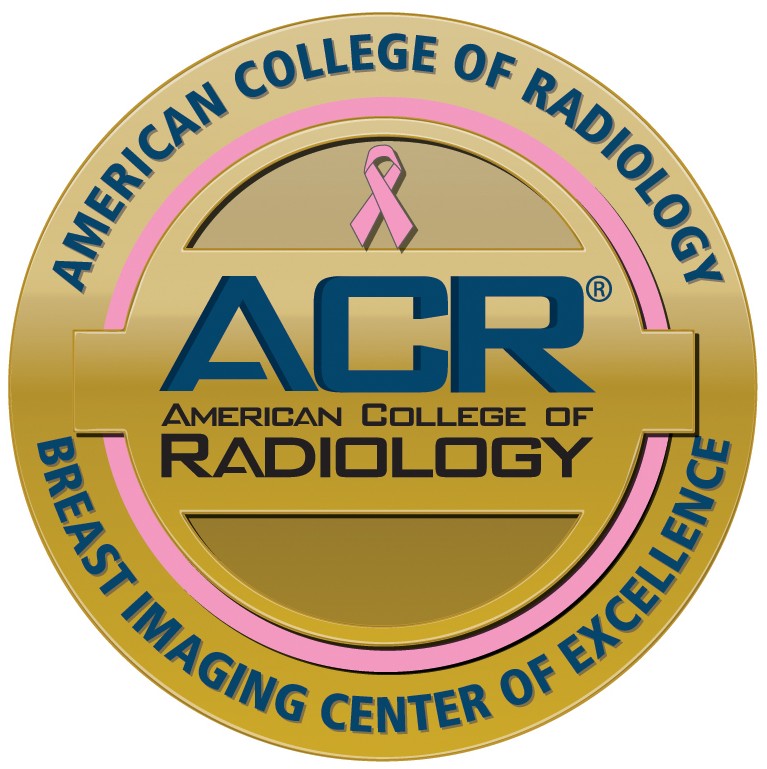
Several Owensboro Health locations are accredited in breast imaging procedures by the American College of Radiology (ACR), which means you benefit from:
- Thorough measures to ensure your test is performed correctly and leads to accurate results
- Highly qualified staff
- Up-to-date technology
Free Mammograms
If you or any woman you know age 40 to 64 needs help paying for a mammogram, we can help.
Call 800-811-9162.
The Importance of Getting Your Mammogram
Facing It Together: Using A Team Approach To Fight Breast Cancer
The fight against breast cancer is one that no woman should face alone. And they don’t have to.
Behind every woman fighting the battle of her life is a team of healthcare professionals from across many different specialties. Their goal is to pool their knowledge, expertise, and experience. Together, they work to help a woman fight back and return to living her life.
The five-year survival rate for breast cancer patients is 99% when caught early.
Statistics From The American Cancer Society
Approximately 1 in 8 women (12 percent) will develop breast cancer in their lifetime. The American Cancer Society estimates that 246,660 new cases of invasive breast cancer will be diagnosed in women in 2016. About 61,000 new cases of carcinoma in situ (the earliest form of breast cancer, which is non-invasive) will also be diagnosed and 40,450 women will die from the disease. The chance that a woman will die from breast cancer is about 1 in 36 or 3 percent. It is the second deadliest cancer in women behind lung cancer. Breast cancer does affect men, but far more rarely, at a rate of about 1 in 1,000.
There’s good news to share: Breast cancer death rates have been declining for more than 25 years, especially in women under 50. The biggest reasons for that are awareness, early detection (especially screening mammograms) and improved treatments for this disease. But only about 60 to 70 percent of women who should be getting screened are doing so, which means there’s room for improvement.
In Their Own Words
Here’s how some Owensboro Health providers fit into the puzzle that is breast cancer care:
Patrick Padgett, MD - Watch Dr. Padgett's video on Youtube
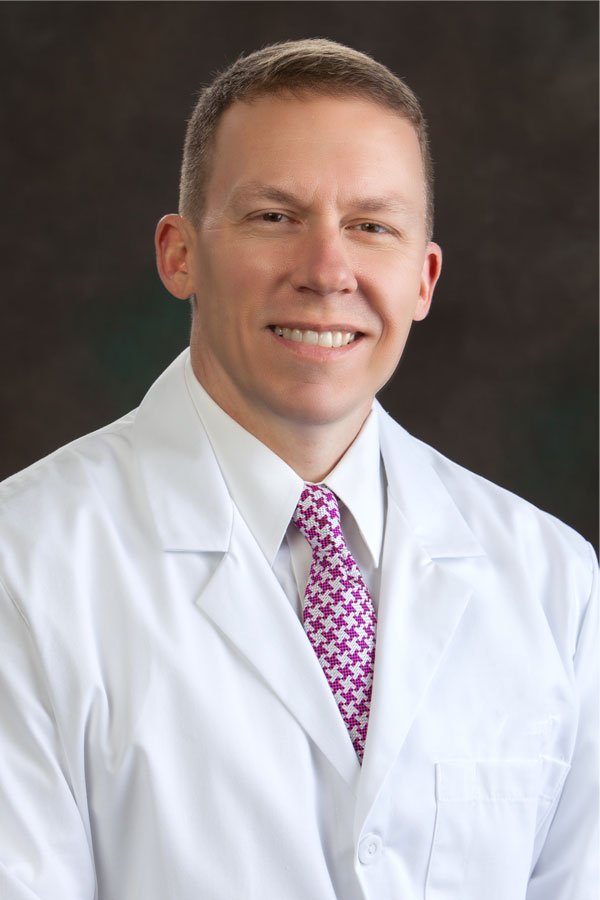 Dr. Padgett recommends mammograms every year.
Dr. Padgett recommends mammograms every year.
“If a large population were to increase the screening interval to every other year, it is estimated that up to 30 percent of cancers would be missed, he said. “Mammography has played a key role in reducing breast cancer mortality by 30-40 percent in the U.S. since 1990.”
If there a history of breast cancer in the family, such as a mother or sister, Padgett recommends screening with mammography should begin 10 years before the age at which the family member was diagnosed with cancer, or at age 40, whichever comes first.
Imaging plays a critical role in diagnosis and follow-up of breast cancer. The most common test these days is mammography, which uses x-rays and computer technology to find breast cancer, and the technology has continually evolved and steadily improved. The American College of Radiology recommends a screening mammogram annually for all women beginning at age 40.
One of the big advances we use is 3-D mammography. Three-dimensional imaging eliminates the overlapping effect of 2-D mammography, so we can see things more clearly. Breast cancer is a diverse disease, so we also use other tests, including the following:
- Ultrasound: This method uses sound waves to show subtle differences in tissues that might not be visible on a mammogram.
- MRI: Magnetic Resonance Imaging uses radio-frequency waves to provide high-resolution imaging of internal structure of the breast.
Ryan Abel, MD - Watch Dr. Abel's video on Youtube
Radiation oncology plays multiple roles in breast cancer care. In newly-diagnosed breast cancer, our role is mainly after surgery to prevent cancer from recurring. Radiation breaks apart the DNA in cancer cells so they can't multiply.
In situations where breast cancer has spread to other parts of the body, radiation therapy can be used to treat symptoms and improve quality of life. Radiation therapy can help prevent bone fractures, relieve pain and also extend survival for patients whose breast cancer has spread to their brain.
Advances in radiation therapy delivery techniques and technology have also enabled us to deliver the same radiation with increased accuracy. This allows us to reduce the amount radiation exposure in healthy tissue. This allows us to deliver radiation in fewer treatments and with reduced side effects.
Our goal as plastic and reconstructive surgeons is to close the loop on breast cancer by educating every patient on her options. Although breast reconstruction is one of the end processes of cancer treatment, it's something we start discussing with the patient and whole team from the very beginning.
Depending on the individual characteristics of the tumor and patient desires, we may perform the reconstruction at the same time as the cancer removal with the general surgeon, or after the use of medical or radiation oncology. Breast reconstruction is accomplished with a variety of techniques, including implant-based and autologous-based (using the patient’s own tissue) methods.
Breast cancer treatment can leave both physical and emotional scars. We as plastic surgeons get the joy of being able to give the patient something back that cancer has taken from them: Decision-making and power. Cancer isn't in control anymore. She is.
Owensboro Health’s Mitchell Memorial Cancer Center is accredited and recognized by the National Accreditation Program for Breast Centers, the American College of Surgeons Commission on Cancer and the American College of Radiology and Radiation Oncology Services. Find information about our cancer services and providers.
This article originally appeared in Owensboro Living magazine.
